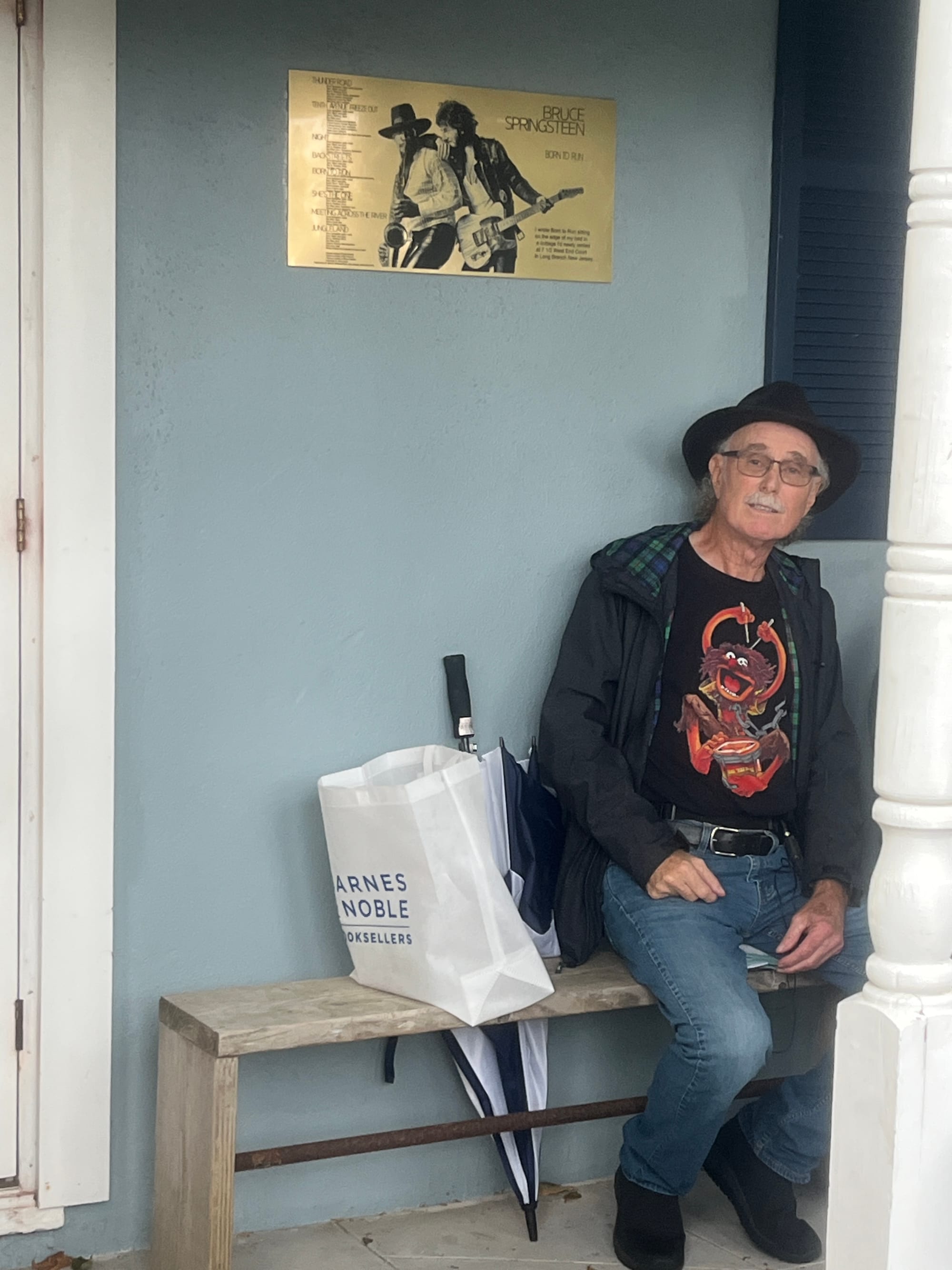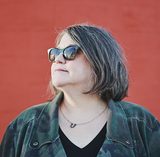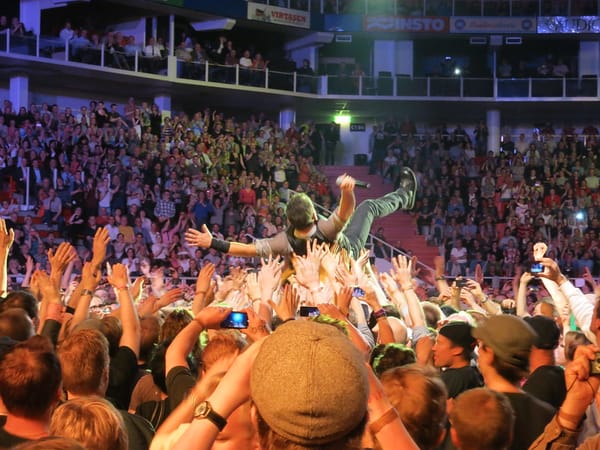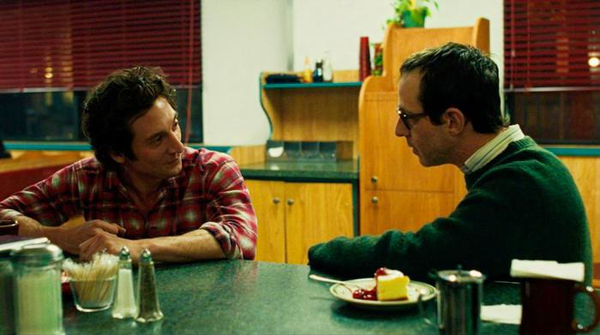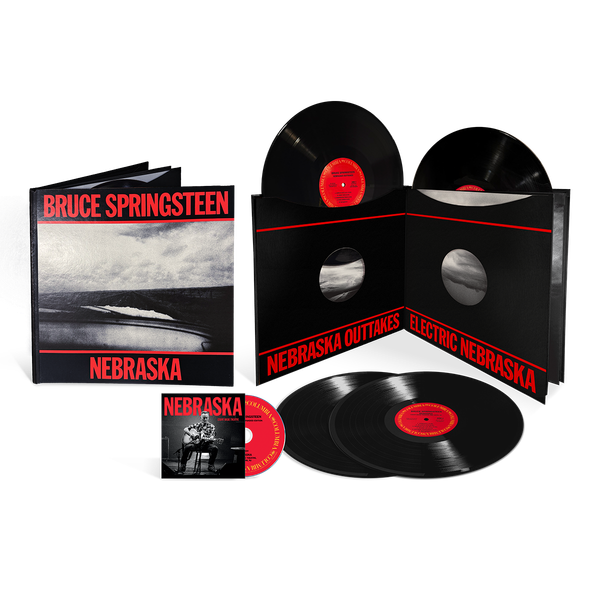The screen door slammed: visiting 7 1/2 West End Court
About the "Born to Run" 50th Anniversary Symposium

West End Court is one of those smaller, less-trafficked streets within a larger town. It’s off Ocean Avenue, the main north-south artery closest to the beach, but it doesn’t go far west because of the train tracks. For some reason lost to history there’s no grade crossing there. But at night when it’s quiet you probably hear both the train and the waves.
7 ½ West End Court, the former residence of Bruce Springsteen within which he composed most of the songs that ended up on Born to Run, sits on what was a former estate that got divided up into small lots, with 25 feet of frontage and about 95 feet in depth. 7 ½ is the last lot to retain its original dimensions.
If you’ve ever seen photos, you know there’s a miniscule front yard, a small paved walkway that leads to a small concrete slab porch, bounded by white wooden railings and pillars. The front door is offset on the right hand side (left hand side as you enter) and there’s also one window looking out onto the porch.
It’s not a large dwelling. The floor plans give the dimensions for the house at 18 feet wide and 46 feet deep, for a total of 828 square feet. The backyard is exponentially larger than the front yard, bounded by a fence and tall trees and other greenery. The current residents have a fairly large trampoline set up back there to give you a better idea of size. There’s a bare concrete patio. On a rainy Sunday morning, even with a line of people waiting to get into the house, it was still peaceful and serene.
There was a point in the early ‘00s when I became aware of the importance of 7 ½ West End Court. At the time, I decided that the thing to do would be to buy it in order to preserve it and also selfishly to spend time inside of it to try to absorb whatever mojo or vibes or fairy dust were generated during the year and a half Bruce Springsteen lived there, writing the songs that would become Born to Run, but alas, at the time I did not own the place I actually lived and did not have the extra cash to buy a tiny house in Long Branch. I heard later that a consortium of fans bought the house and that’s more or less true. But it is the reason it was made available as part of a tour of Long Branch given under the auspices of the BTR 50 symposium held last weekend by the Springsteen Archives.
The West End neighborhood of Long Branch is not actually west at all – it’s on the eastern edge of town. It took its name from London’s West End and was meant to indicate status. It’s adjacent to a small park with a small bandshell where Steel Mill and Child both played. The next block over was the funky street back in the day, with a music store and a pizza place* and an antique store where David Gahr shot the photos for the Wild & Innocent album cover. The pizza place* and antiques store are gone (it’s still a pizza place but wasn’t the one where the photo was shot). The building that housed the second location of the Inkwell, a coffee house frequented by Bruce and others back in the day, is still there. This was all reasonably fascinating but man, I just wanted to get inside the house.
*During the tour, someone told a story that the former owners of the pizza shop that was there in the 70s were musician Anthony D'Amato's parents. This is incorrect! I heard from Anthony when I posted about this on Instagram and he explained that his dad worked there in the 70s and used to make Bruce veal parmesan subs, and showed him the review of Born To Run when it came out in the New York Times.
I’m not a jerk and so I don’t go knocking on the doors to houses of people I don’t know, so I never stepped on the porch of 7 1/2 West End Court or tried to get inside. (Same goes for both of the Freehold houses. It must be really hard living in those places.) I can’t think of any other American musical artist where so many of the places they lived in and wrote about are still so physically present – and those locations aren’t mansions or some kind of building that didn’t have to fight to survive. Freehold remains amazing, that you can listen to “My Hometown” and hear “They're closing down the textile mill across the railroad tracks” and pull up a map and it is exactly as he describes it. Even if the textile mill is now senior housing. But this is not about Freehold.
The house in West Long Branch was the first place Bruce Springsteen lived in on his own. It is 10 minutes from Asbury, it is a stone’s throw to the beach. Bruce called it a “shotgun shack” on Saturday and now that I have been inside the house I can tell you that it is technically a shotgun with a side hall instead of just three rooms running into each other. At the time Bruce moved in, he did not have any furniture and the “landlordess” (as he referred to Marilyn Rocky [nee Boyd]) bought a bunch of second-hand furniture for him. The $200 a month rent covered electric and gas as well.
Because of the hallway (and the bathroom on that side, which is probably what necessitated the hall placement), the two front rooms are long and narrow. The front room with its window out onto the porch is where the Aeolian spinet piano, the gift from one of his mother’s sisters, Aunt Dora, sat. The second bedroom was probably the actual bedroom, and then the kitchen and living area are at the back, one large room with a sliding glass door to the backyard. Walking into the front yard was surreal, but stepping onto the PORCH and then into the house was like having an out-of-body experience.
I want to shoot myself for not drawing my own floor plan and before you smirk I’ll have you know that I did that the second time I went on the tour of the old Motown studios – much to the tour guide’s amusement – because I needed it for something I was working on about Diana Ross. (It was also before I moved here and realized I’d be taking that tour at least once a year when friends came to visit.) I also didn't take many photos inside because it's a house people live in. I was also kind of starry-eyed and trying to absorb the experience more than worry about documenting it photographically.
Regretfully, I didn’t get a decent moment to myself on the porch. Because it was raining, everyone involved with the tour and symposium congregated there, and it is not a large space. That might have resolved itself later but I went in the first group because I had to get up to a family lunch in North Jersey; otherwise I’d have put myself in the last group to walk in. (That’s advice I got from Elvis diehards when I was planning my first visit to Graceland.) But the current owners noted that the tenants are friendly to Springsteen fans and welcome folks to step onto the porch if they come by, just be respectful that someone actually lives there.
But then my hand was on the door handle and the screen door closed behind me. It was all understandably overwhelming, just full-body level goosebumps coming in waves. I had dreamed about this house, and now I was standing inside of the place where an epic record was written. I calmed down long enough to walk into the front room and lean my entire body against the side wall so I could close my eyes and breathe and try to both imagine what it was like and also soak up as much of the mojo as I could.
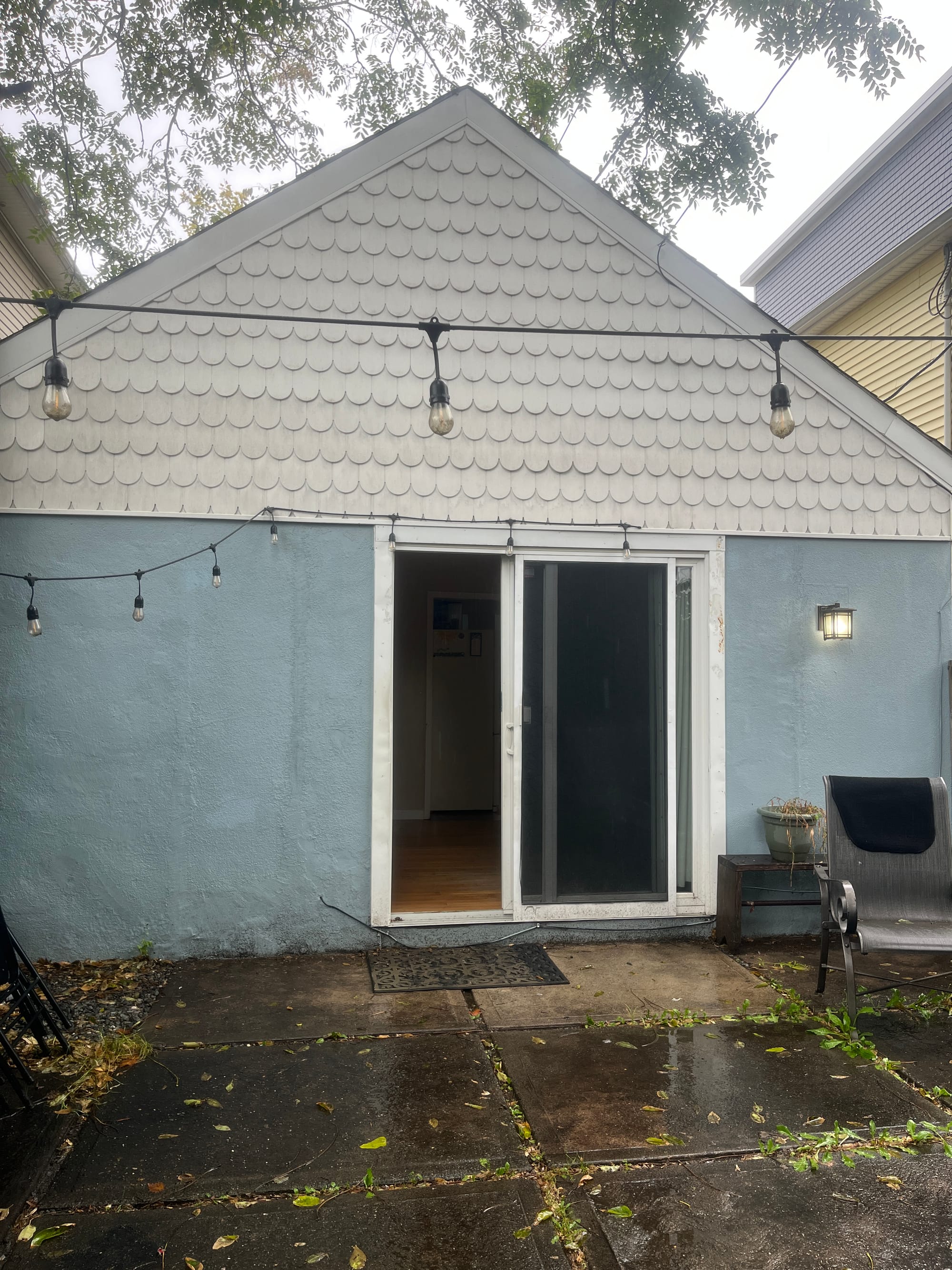
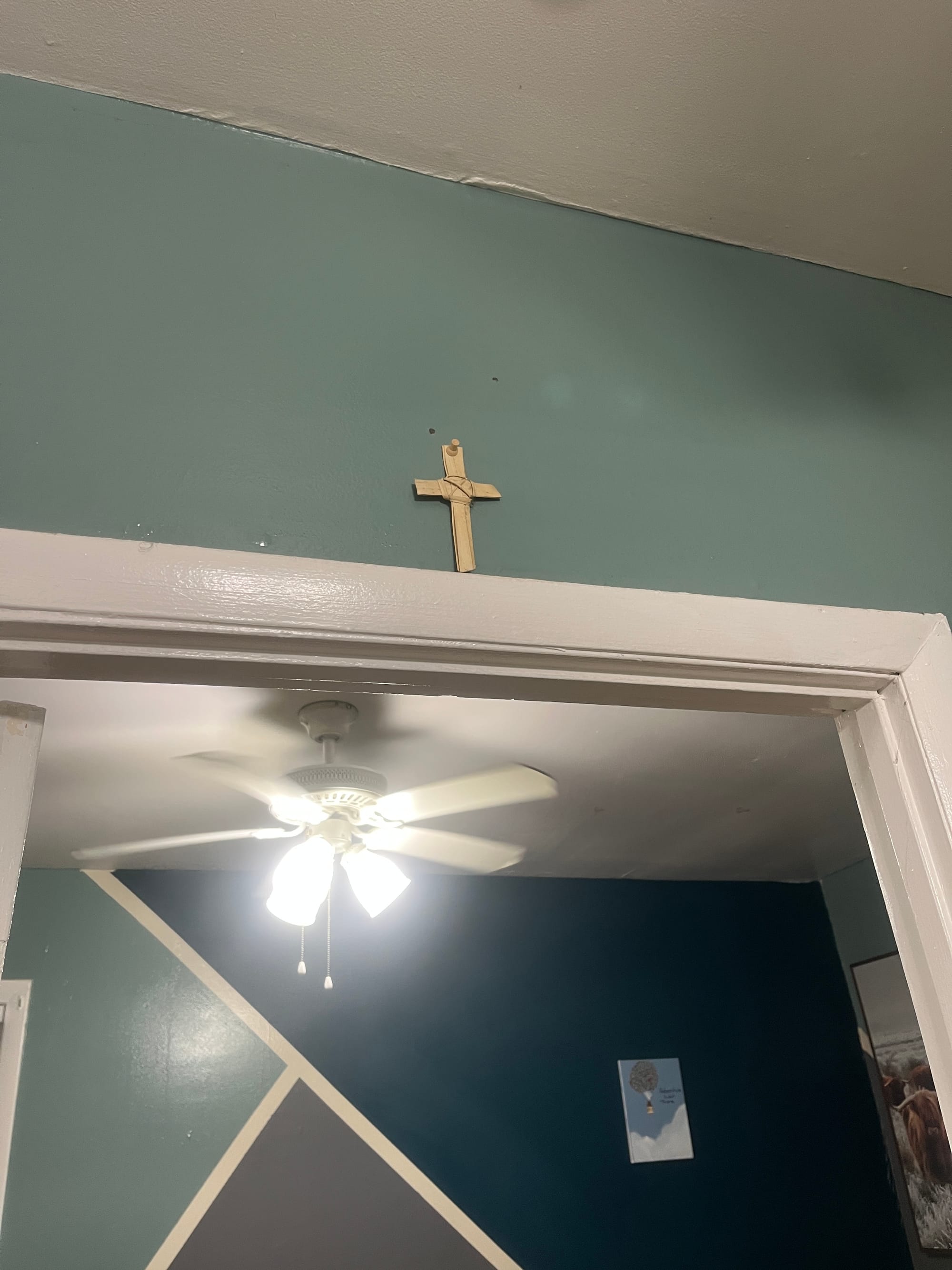
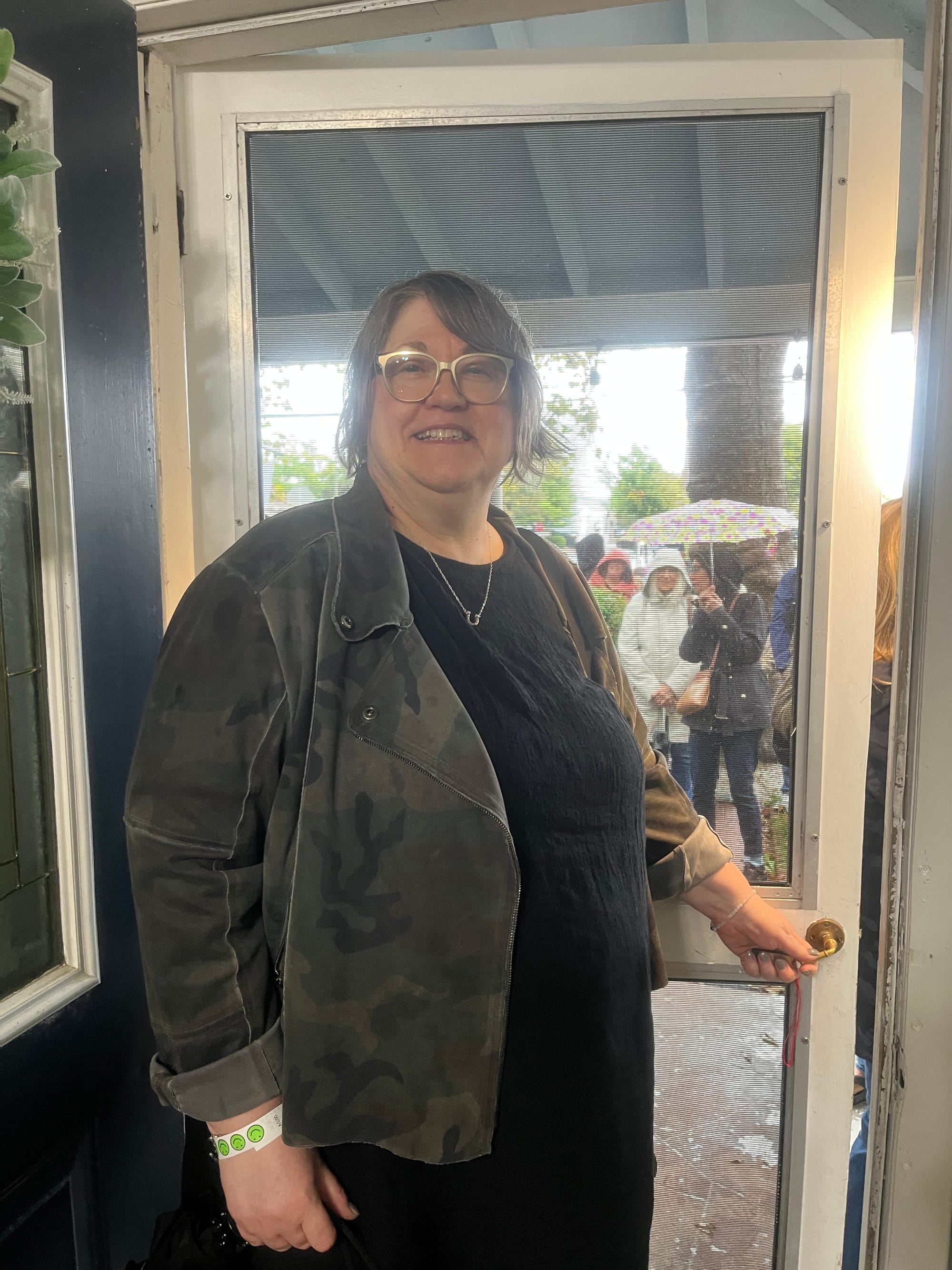
I thought about how Bruce must have felt, sitting here and basically writing for his musical life. I agree that his career wouldn’t have been over even if Columbia had dropped him (as many people pointed out during the symposium), but at the time he clearly did not have that level of confidence. This was it. This was his last chance.
But I also thought about his descriptions about sitting at the end of his bed with a small record player, spinning oldie 45’s for inspiration, the needle crackling along the vinyl as it tracked through the grooves. He listed some of them on Saturday: Roy Orbison, Phil Spector, the Beach Boys, Duane Eddy, stealing the intro to “The Loco-Motion,” the fifths on two baritone saxophones. This is where Eric Meola sent the postcard, where he came down to shoot Bruce for the first time. This is the house where Bruce had a poster of Wendy from Peter Pan hanging over his bed – “I'm not sure what it says about my adult life,” he joked on Saturday – which inspired the name of our heroine in “Born to Run.”
Something else we learned at the symposium is that Bruce and Jimmy Iovine drove around the shore on the album anniversary date this year, something he told Peter Ames Carlin that he does every year, traveling through Asbury Park and Freehold, ending up at 7 ½ West End Court in time for “Jungleland.”
“I get there right before the end, right before ‘Jungleland.’ And I park there. I sit by the curb and I let ‘Jungleland’ play all the way through, while I sit outside the little house I wrote it in.”
My other favorite story about 7 ½ West End Court was how Bob Dylan got picked up by the local police because he was wandering around Long Branch in his traditional hoodie and looking into windows. But he was on West End Avenue, which is a couple of blocks away. So the fact that there’s now a plaque on the house commemorating its place in history is a good thing.
7 ½ West End Court is the place where our lives changed, where Bruce Springsteen’s figured out his magic trick, where his songwriting took the turn that brought him to the next level, where he literally transubstantiated the feelings and thoughts and impressions in his head and brought them to life for all of us. Fifty years later, here we stand, where it all began.
Many thanks to David Wilson of Woodbridge, NJ, who presented a paper about the house at the academic symposium on Sunday, and who arrived at West End Court with a bag full of thumb drives containing his paper, his presentation, and all of the supporting documentation, and handed them out to all tour attendees. That’s where all of the technical details in this piece are taken from.
